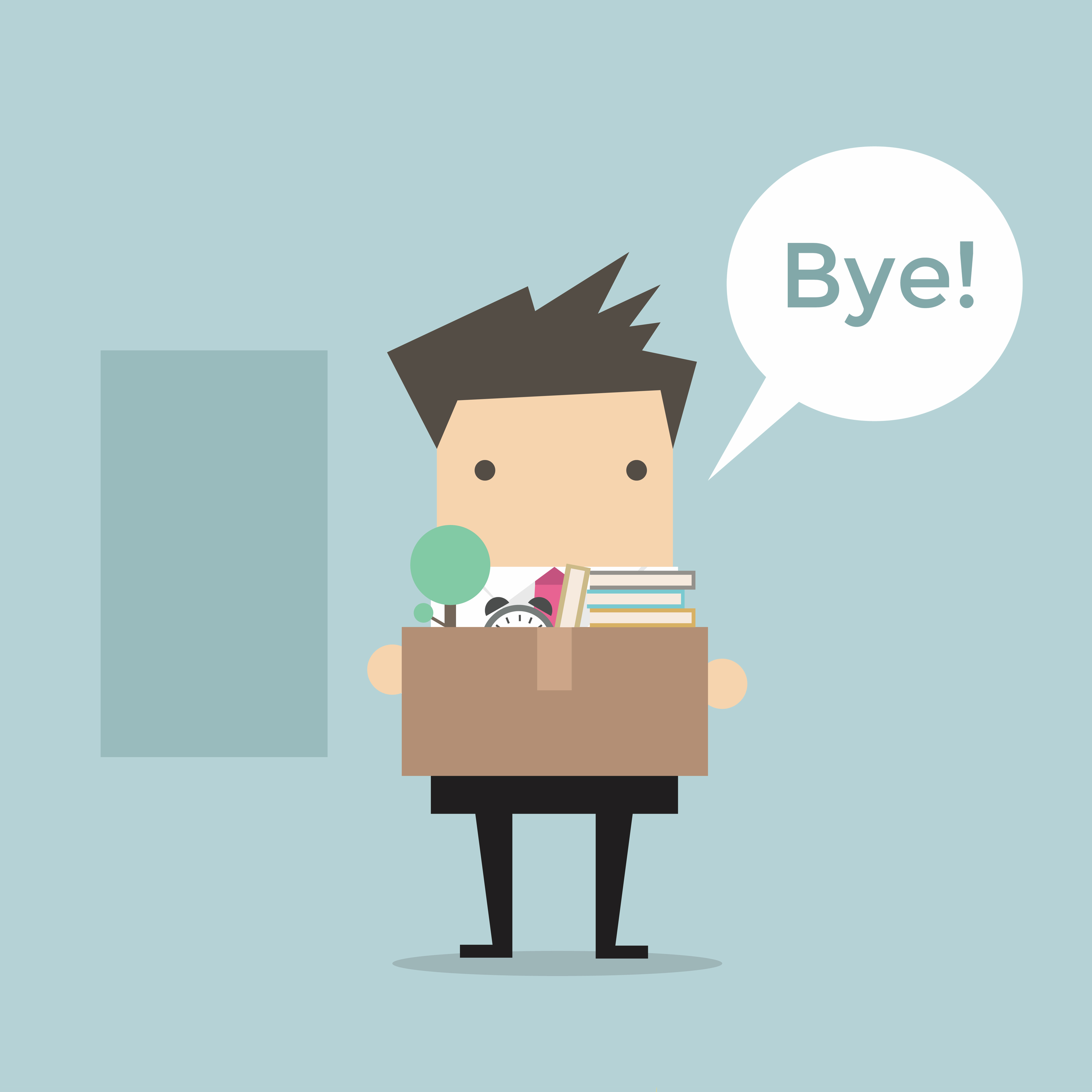When Do You Know It’s Time To Fire Your Co-Founder?

I was driving back from lunch with “Ken”, my co-founder and VP Sales. We had just had our third heart to heart about Ken’s poor performance.
[Do you want to grow your business? Maybe I can help. Click here.]
Ken and I had known each other for over twenty years. We were friends. Our wives were friends. Ken was the first person I wanted to work with to build our company.
On that short drive back to the office, I realized that Ken wasn’t going to make it.
I had hoped for the past several months that Ken would become the old Ken that I had worked with before. I wanted to see the drive and the fire I had seen before.
Instead all I saw was lethargy.
What happened? Ken just couldn’t find the energy anymore to do the job.
Ken had been in sales for over twenty years. I had watched Ken help build the company we worked at together into a powerhouse in Asia.
Then Ken was asked to fix European sales, and he did that too. Unfortunately, somewhere along the way, Ken just got burned out.
The warning signs were there from the beginning.
When Ken moved back to the Bay Area from the UK, he decided to move into the newly built Millennium Tower. The Millennium is one of the swankiest building in San Francisco.
I had hoped Ken would move closer to our headquarters in the Silicon Valley, but Ken wanted to be up in the city.
Ken and I had another friend who lived in the Millennium as well. He described Ken as “The Mayor of the Millennium.” I worried a little more.
I wondered how the Mayor of the Millennium was going to be okay with nonstop travel and staying in Holliday Inn's. I quickly found out.
Ken’s first, and last, business trip for the company was supposed to be a five day trip visiting the Southwest United States. Ken would be back for a week, and then he was off to Europe for two weeks.
Ken came back after two days on the road.
I decided to give Ken one final push to see if I could get him in gear. It didn’t work.
We had lunch together for his 1:1 meeting. I explained factually, with a minimum amount of adjectives, the issues I was concerned about.
Ken took it all in and he said virtually nothing in response. He was silent during the short drive back to the office. I was thinking Ken wasn’t going to make it.
We had a board meeting coming up the next week. I decided I would tell the board in my 1:1s before the board meeting that I was going to fire Ken.
The next morning, at 9AM sharp, I was meeting with our Controller, Tina. I happened to look at my computer, and an email came through from Ken.
The title of the email was one word: Resignation.
Ken had beaten me to the punch. He quit before I could fire him.
I told Tina that Ken had quit. I then started calling the board to let them know.
I was able to get to some of the board members instantly. I had spoken to all the board members by the end of the day.
Telling your investors that a co-founder and key executive is critical for you to do. You want to do this quickly, and you want to tell investors what your plan is to replace the executive that is leaving.
What’s the moral of the story: You can’t wait too long to fire an underperforming cofounder.
The reality is that about fifty percent of all co-founder relationships end up failing. In other words, it's pretty normal for a co-founder to quit or be fired.
However, most people do what I did. I let sentimentality interfere with what my eyes were telling me. I had known for months that Ken wasn’t doing what needed to be done.
And instead of doing something about it, I let hope, and my friendship with Ken, mask the facts. Ken needed to go, and I delayed doing something about it.
I didn’t do serious damage to my relationship with the board, but that’s not the point. I had hurt the company by not taking action sooner. That’s something you can’t do as CEO.
For more, read: What Are The 11 Painful Things You Need To Do As CEO?
Do You Want To Grow Your Business? Maybe I Can Help. Click Here.
Picture: Depositphotos